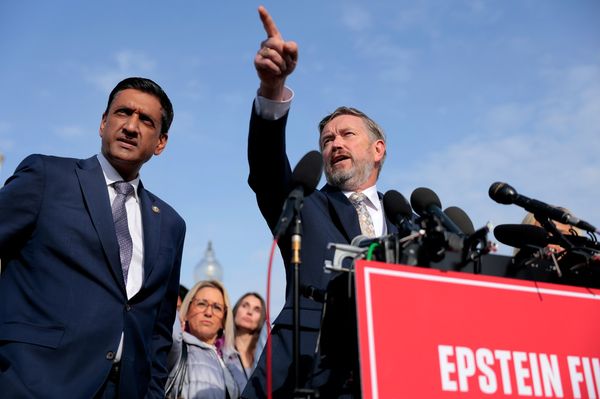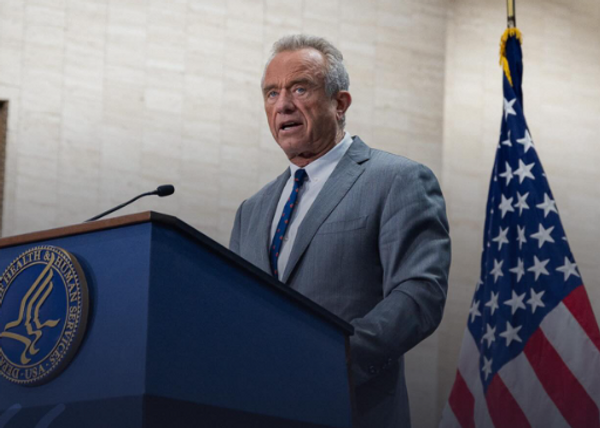
Sovereign credit ratings has gained in importance with time. The complexity involved in assessing sovereign risk has always been greater than what’s needed to rate corporates or banks. The challenge has increased now that government finances have gone deeper into uncharted territory, starting with quantitative easing (QE) policies adopted after 2008. Heightened economic uncertainty due to the covid pandemic has added to the challenge. The efficacy of credit rating agencies (CRAs) in predicting sovereign defaults was debatable even in relatively normal times, and a paradigm shift may be needed in how a country’s risk of defaulting is assessed. Inappropriate rating changes on the basis of inadequate methods can have a domino impact on global stability. Given the criticality and magnitude of the effort, a multilateral agency such as the Bank for International Settlements (BIS) is better placed to take up the job of sovereign-risk assessment.
The pandemic enhanced the bespoke ‘sovereign-bank-corporate nexus’ in which these three are so dependent on one another that if a single one falls, the other two may follow. This is different from 2008, when one could take solace in the fact that at least corporate balance sheets were stable.
To minimize the economic fallout of the pandemic, governments have used banking channels to support businesses. This took the form of government-guaranteed lending and loan moratoriums. Central banks flushed the market with liquidity. Banks often used this to invest in government debt. Governments borrowed heavily to support the economy. A delicate balancing act has emerged in most covid-ravaged economies. A rating downgrade of an emerging market (EM) may force not only its government but other EMs to curtail spending. This might create higher business delinquency, resulting in banking losses and capital erosion, which would bring banks back to the government for support. A rating misadventure, thus, can have far-reaching consequences.
The predictive power of sovereign ratings is questionable. Even during the pre-2008 period, the ratings of CRAs were observed to be pro-cyclical. As data from Standard & Poor’s shows, for the period 2005 to 2008, there were more upgrades than downgrades till 2007. Then in 2008, when sovereign defaults began to spike, a trend of downgrades started. If sovereign ratings only had limited predictive power in relatively normal times, what are the chances of risks being better assessed now that complexity levels have risen so sharply?
Post-2008, the approaches taken by CRAs for these ratings were criticized by regulators such as European Security market Authority and European Banking Authority. In response, CRAs have only tweaked their core rating approaches.
Thanks to QE in advanced economies (AEs), the more intuitive drivers of sovereign risks, such as the debt-to-gross domestic product ratio and fiscal deficit, were already sky-rocketing by 2019. Pandemic-induced government spending caused a deterioration of government finances to decadal lows. Decades of historical data on government finances formed somewhat useful benchmarks to rank sovereigns by risk. However, the current set of macro and fiscal ratios do not have precedents, making benchmarking difficult. Such a situation demands sophisticated analysis using fat-tail distributions and computationally-intensive scenario analysis. None of it is being done.
The best that CRAs have come up with are linear regressions run on past assigned ratings. Such approaches do not pass a basic risk-modelling smell test. They assume that past ratings are accurate and that macro variables have almost linear relationships with country risk. Next comes the implementation of this framework. Even the limited quantitative framework of today would be at a loss to explain on purely numerical terms the significant gap in ratings of some high investment-grade AEs and EMs (such as India). That’s where the judgemental qualitative overlays of CRAs come in.
All aspects of sovereign risk can’t be covered by quantitative models alone. But the current approach of assessing qualitative aspects leaves room for improvement. The inputs for qualitative judgements are often surveys or selective perceptions. In these, one cannot rule out well-studied elements such as dominion bias. Surveys tend to treat favourably the regions they originate in. The World Bank’s now-discredited ‘Ease of Doing Business’ rankings also had an impact on ratings. This only underlines the problem of over-dependence on qualitative inputs, not to mention perception indices.
In normal times, the cost of a faulty sovereign rating is borne by corporate borrowers. Governments often vocalize dissatisfaction with their sovereign rating, but that tends to be brushed aside as lobbying. In the current situation, a badly-judged rating downgrade can have far worse effects.
It calls for a sovereign rating framework that makes a clean break from the past. We need a significant upgrade of its quantitative aspects, along with a more judicious and defensible deployment of qualitative approaches. The form in which sovereign risk is represented itself may need a rethink. For historical, business and acceptability reasons, CRAs may not be ideal candidates for a system rehaul. The stability of international banking is a global social good. As a multilateral custodian of it, the BIS may be best placed to take up this vital task.
Deep Mukherjee is visiting faculty of finance at IIM Calcutta and risk management consultant







